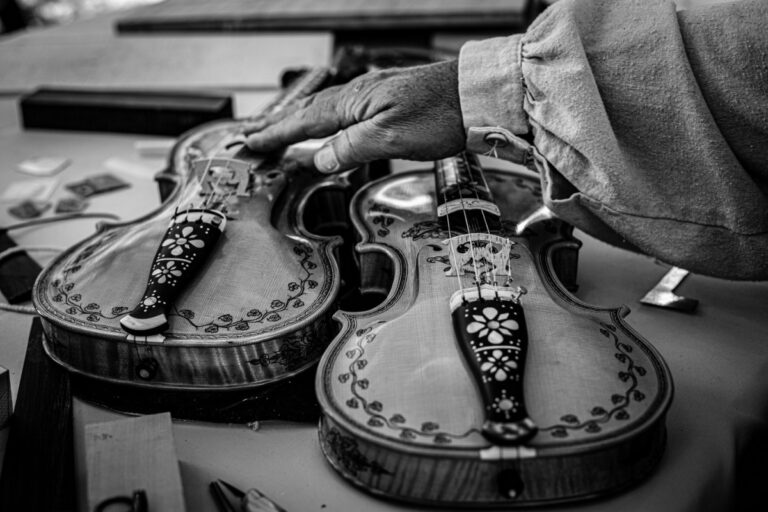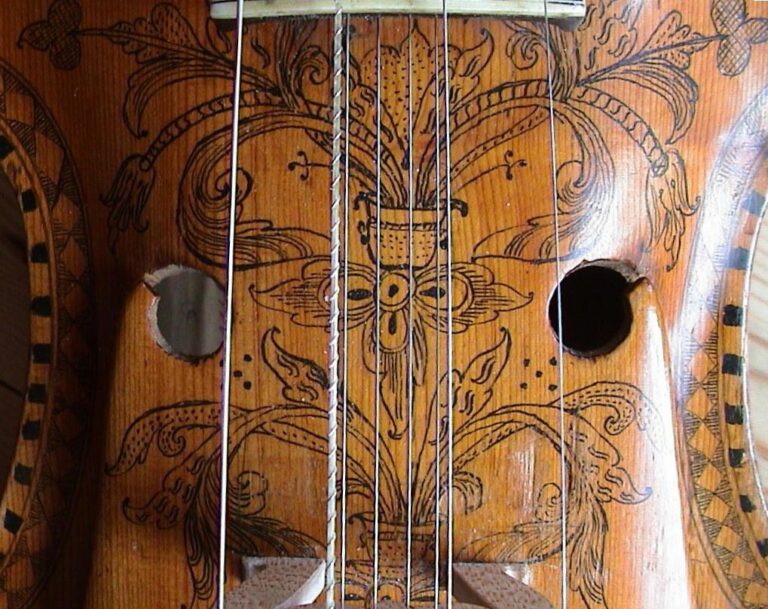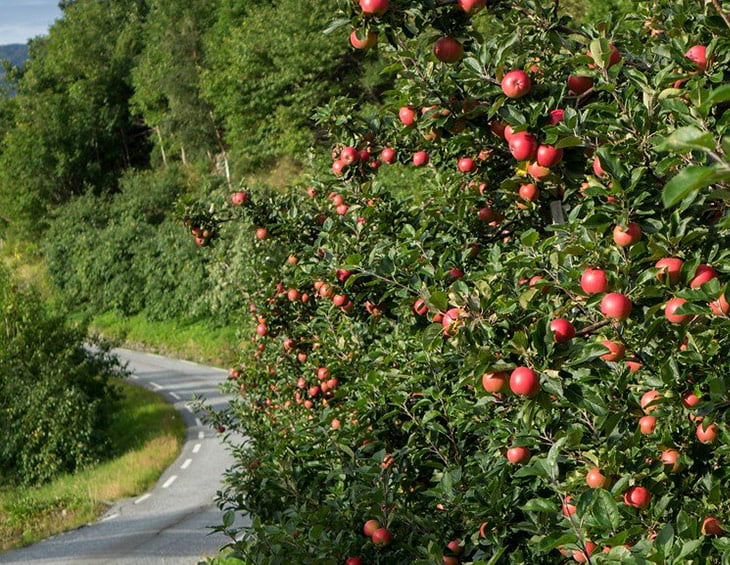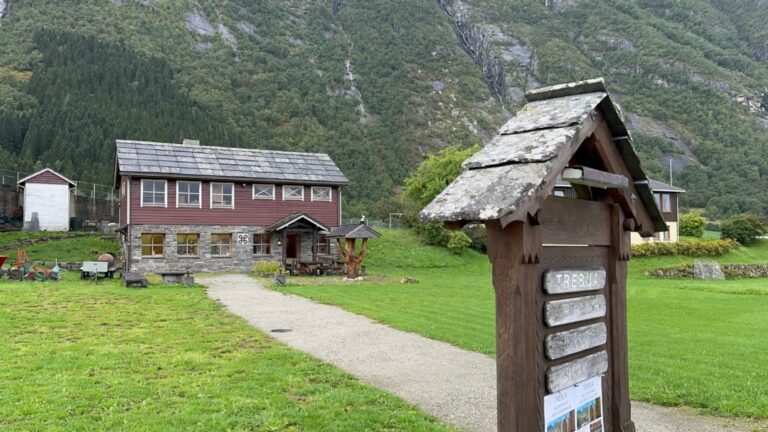With a haunting sound created by its extra sympathetic strings, the Hardanger fiddle is a fascinating part of Norwegian folk music and Norway’s cultural heritage. Read on to discover its story.
To the unsuspecting ear, the gentle strains of a traditional Norwegian melody might sound much like any other fiddle tune.

Yet, to those familiar with Norway's rich cultural heritage, the distinctive tones of the Hardanger fiddle – or hardingfele in Norwegian – resonate deeply, echoing tales of fjords, mountains, and ancient traditions.
The delicate Hardanger fiddle is more than just a musical instrument; it’s an important symbol of Norwegian culture. It embodies Norway’s cultural roots and its commitment to keeping traditions alive in modern times.
In episode 49 of the Life in Norway Show, Norwegian musician Eldbjørg Hemsing referenced the instrument, and spoke of Norwegian folk music's close relationship with nature:
“I think nature has had such an enormous impact. For many it's been a way of feeling rooted and grounded. And Norway in general does not have the longest music history. So in certain ways that has also given a lot of freedom, that there hasn't been so many set boxes that you have to fit in because that's how it's always been done.”
Unique aspects of the Hardanger fiddle
One of the most striking characteristics of the Hardanger fiddle is its set of sympathetic strings, which creates the instrument's trademark haunting quality.

The Hardanger fiddle has four main strings similar to a violin. Beneath these, sympathetic strings vibrate in harmony.
These extra strings extend from additional pegs at an elongated scroll, running through a specially constructed, raised fingerboard, and connect to hooks on the tailpiece. They pass through a secondary bridge within the main one, amplifying the resonance.
The bridge's unique design, being taller and wider, spaces the strings optimally for easy double-stopping, a technique also favoured by some American old-time and bluegrass fiddlers.
The music itself is replete with ornamentation. Tunes, or slåtter, often have deep connections with Norse legends, local tales, or natural phenomena, transporting the listener to the rugged landscapes and vibrant tales of Norway.
The history of the Hardanger fiddle
Originating from the Hardanger region in western Norway during the 1600s, the Hardanger fiddle is distinct from its classical counterpart.

Decorated with intricate inked patterns, mother-of-pearl inlay, and often accompanied by a carved animal (usually a lion) head rather than a traditional scroll, this fiddle is as much a piece of folk art as it is a musical instrument.
The fiddle became an integral part of Norwegian life, often played at significant life events such as weddings and other community celebrations. Through the years, it evolved, mirroring Norway's ever-shifting cultural and historical landscape.
The Hardanger fiddle in modern times
The Hardanger fiddle experienced a decline in the early 20th century as modern music and instruments became more popular.
However, thanks to passionate enthusiasts and the establishment of institutions like the Hardanger Fiddle Association of Norway, there was a revival.
Today, the fiddle enjoys a cherished place not just in traditional settings but also in contemporary music, fusion genres, and even film scores.
For Americans and other global citizens, the Hardanger fiddle serves as a poignant reminder of the importance of preserving and celebrating traditional arts. It's a gateway to explore Norway's rich history, culture, and the interplay between the two.
Discover the Hardanger fiddle for yourself
For those keen to experience the Hardanger fiddle, numerous music festivals in Norway feature it prominently, such as the annual Førde Folk Music Festival.

Many renowned fiddlers have also made recordings available online, bridging the gap between the traditional and the digital.
In the fjord village of Eidfjord, there is a small craftsman's workshop next to the old church. Named Trebua, the workshop contains a gift shop and a small exhibition of several examples of the Hardanger fiddle.
For those looking into the cultural heritage of Norway, the Hardanger fiddle is a truly significant item. Its unique characteristics make it stand out in the world of stringed instruments, offering a rich, haunting sound that is deeply rooted in Norway's history and legends.
Have you heard the Hardanger fiddle? Let us know your thoughts in the comments below.


Norwegian Annbjørg Lien is one of the top Hardanger fiddle players in the world. She has been playing since she was a teen. I’ve been following her since her first album in 1988. She’s still an amazing player, even after overcoming an illness and partial deafness that kept her from playing.
i think i have danced traditional folk danses to the sound of the haring fela when i was studying norwegian one year, many many years ago.
Amazing that the Hardanger fiddle was not allowed to be in the church during the wedding ceremony in the 1800’s because it was considered the work of the devil. Very interesting and haunting sound.
HELLO TO ALL !
Yes, to me personally the notes in play on Harding fela, haunts me. It can make me cry or laugh out loud- it all depend on the notes played. Correctly stated Austin, fela was not allowed in the church but rather played in the barn yard among the animals because that was where ‘it’ belonged!